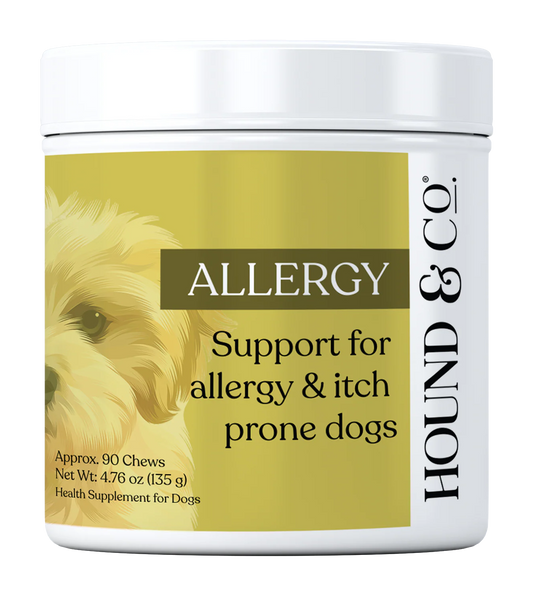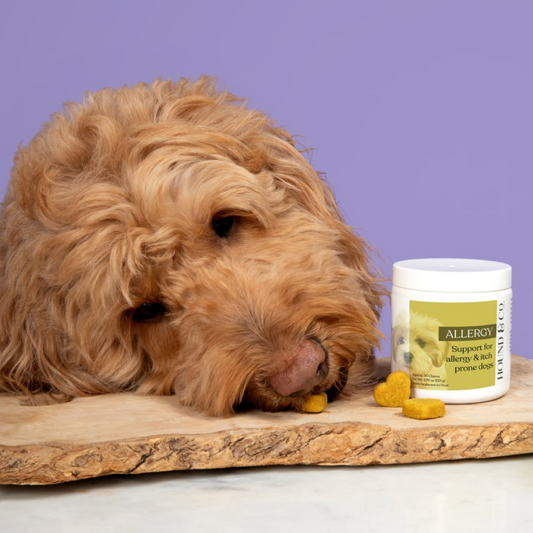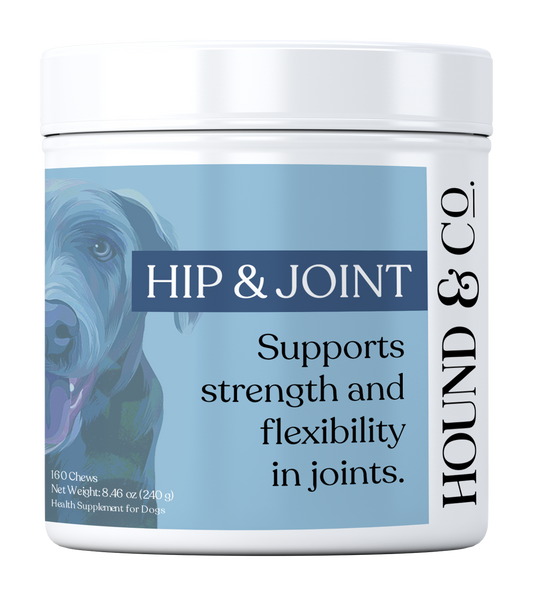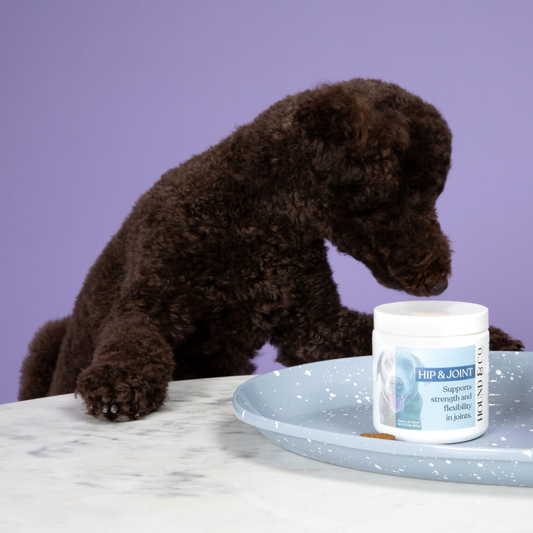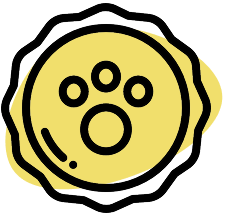7 Weird But Healthy Foods Your Dog Can Actually Eat
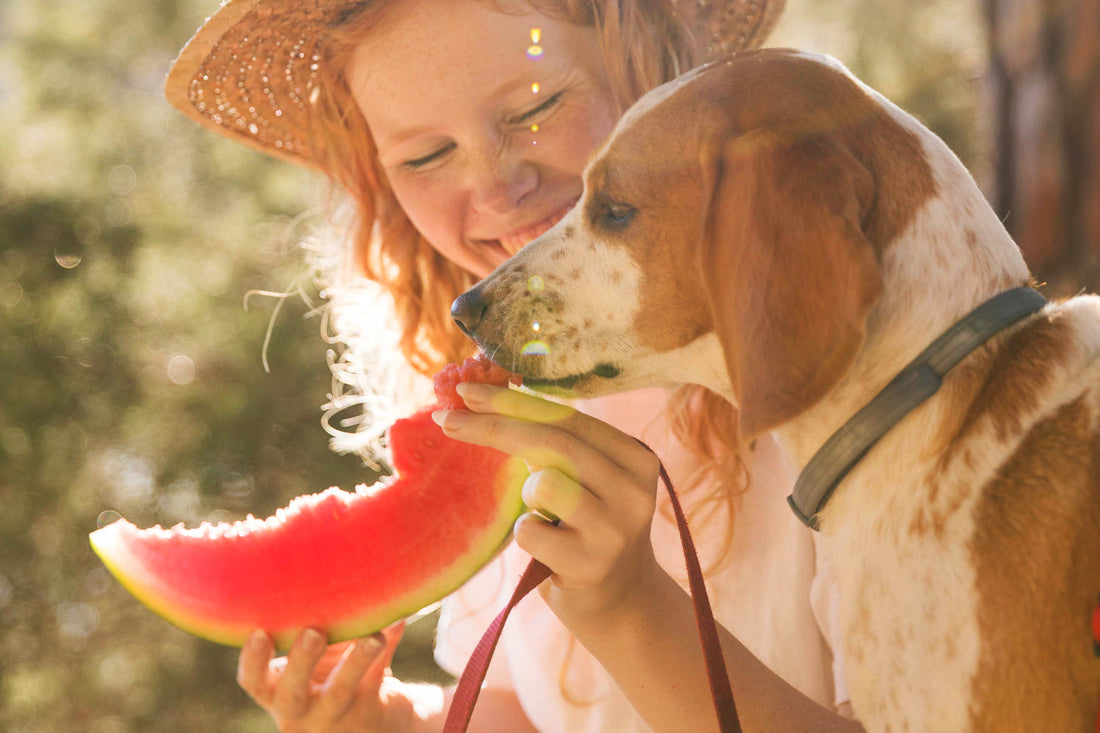
Vet Reviewed by Dr. Jacob Klos, DVM

Not all “people food” is bad for dogs—in fact, some unexpected items in your kitchen may actually offer impressive health benefits. From brain-boosting blueberries to skin-soothing sardines, here are seven surprising but safe foods your dog can enjoy in moderation.
1. Sardines
Sardines are rich in omega-3 fatty acids that help reduce inflammation, support joint function, and promote a shiny coat. They're also high in protein, calcium, selenium, and B vitamins.
- How to Serve: Use water-packed, unsalted sardines (not those in oil or sauce). Feed whole or mash with kibble. 1–2 small sardines a few times per week for small dogs is plenty.
- Bonus Tip: Sardines with bones are safe and easy to digest—they’re a great calcium boost.
2. Pumpkin
Plain canned pumpkin (not the spiced pie filling) is high in fiber and beta-carotene. It can help regulate your dog’s digestive system, easing both constipation and diarrhea.
- How to Serve: Mix a spoonful of plain canned pumpkin into your dog’s food. Start with 1–2 teaspoons for small dogs, and up to 2 tablespoons for large breeds.
- Bonus Tip: Freeze pumpkin in silicone molds for a cool summer treat.
3. Blueberries
These antioxidant-rich berries help fight oxidative stress and support immune function. They’re also a perfect low-calorie, bite-sized snack for training or playtime.
- How to Serve: Wash thoroughly and serve raw or frozen. 1–2 berries for small dogs, and up to 10 for larger breeds.
- Bonus Tip: Freeze them for a crunchy treat that’s great for teething puppies.
4. Seaweed (Nori)
Unseasoned nori (the type used in sushi) contains iodine, magnesium, and other trace minerals that support your dog’s thyroid and metabolic health.
- How to Serve: Tear unseasoned, unsalted nori sheets into small pieces and offer occasionally as a snack.
- Bonus Tip: Avoid flavored or roasted seaweed snacks with added salt, oils, or spices.
5. Sweet Potatoes
Loaded with vitamins A and C, potassium, and fiber, sweet potatoes support digestion, skin health, and immunity.
- How to Serve: Cook until soft (baked or steamed), then mash or cut into chunks. Avoid adding salt or butter.
- Bonus Tip: Dehydrate slices for homemade chew treats.
6. Cottage Cheese
High in calcium and protein, cottage cheese is a great option for dogs that tolerate dairy. It's especially helpful for recovery, weight gain, or as a mild food during digestive upset.
- How to Serve: Use low-fat, unsalted cottage cheese. Mix a spoonful with kibble or offer on its own in small amounts.
- Bonus Tip: It’s a great vehicle for hiding pills, especially for picky dogs.
7. Watermelon
Watermelon is over 90% water and full of vitamins A, B6, and C—making it a perfect hydrating summer treat.
- How to Serve: Remove the rind and seeds, then cut into small, bite-sized chunks. Serve fresh or frozen.
- Bonus Tip: Blend with plain yogurt and freeze in ice cube trays for DIY pupsicles.
Final Thoughts
While these foods can offer real health benefits, moderation is key. Treats should make up no more than 10% of your dog’s daily intake, and it’s always smart to introduce new ingredients gradually. If your dog has allergies or medical conditions, consult with your vet before making dietary changes.
Adding variety to your dog’s diet doesn’t have to be risky—with the right knowledge, it can be healthy, fun, and rewarding for both of you.



